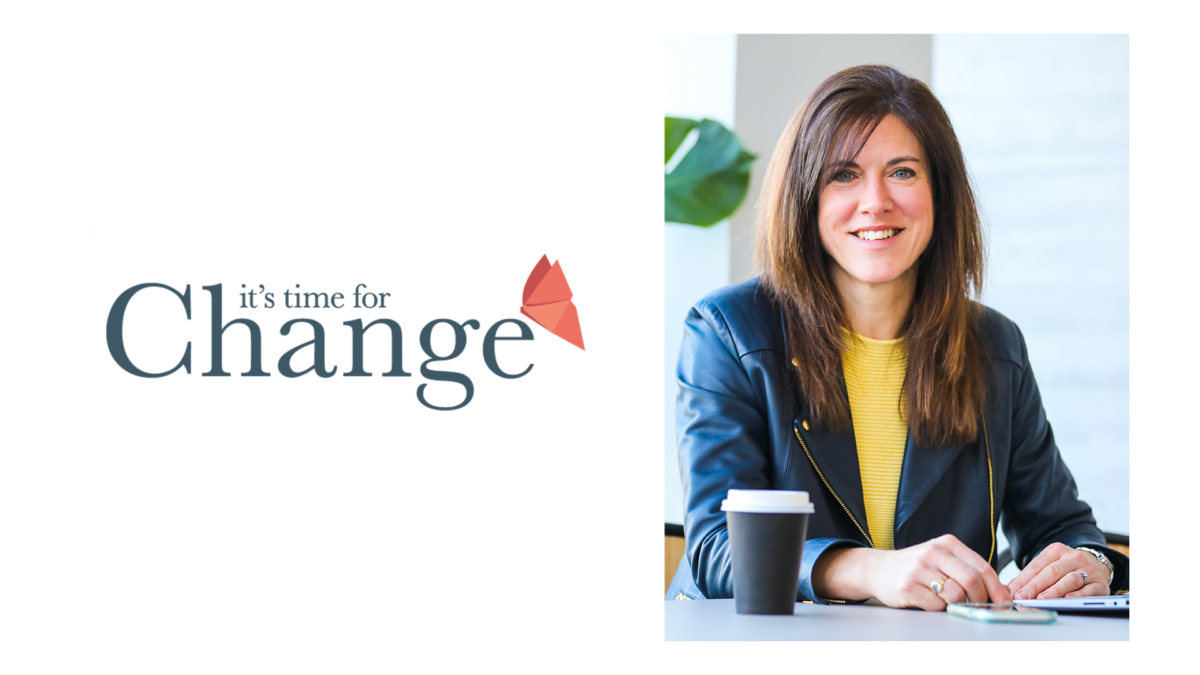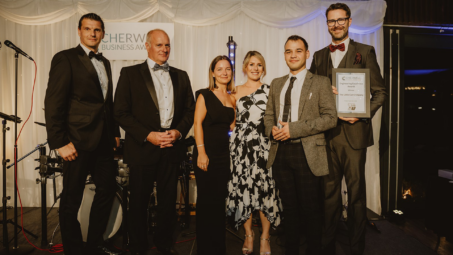
Psychological Safety: What does this mean, what should this look like on a day to day basis, how can leaders role model a psychologically safe environment?
At our last B4 People Ecosystem, Lisa LLoyd of It’s Time for Change shared the following report:
Prioritise People: unlock the value of a thriving workforce – Business in the Community (bitc.org.uk) with McKinsey Health Institute.
Lisa used it as the foundation for our subsequent discussion on psychological safety and commented.
“It underpins many of the 8 workplace factors identified by McKinsey as important in driving employee mental wellbeing outcomes. Failing to address negative workplace behaviour can mitigate the effect of any other Health and wellbeing intervention.”
Amongst other points, the group covered the following:
- Psychological safety is about feeling included, able to learn, free to contribute, and safe to challenge
- Remember that communication is not what you say , it’s what’s experienced when you say it.
- Improving the quality of interactions within a workplace should be top of the agenda. This will make the biggest difference to people being able to be authentic and experience good wellbeing.
- That requires time and mental space, compassion and emotional awareness/ intelligence from managers/ leaders. But these are negatively affected by stress. High emotional arousal drives down psychological safety. Managers need to put their own oxygen mask on first.
- Managers and leaders need clarity about their role – who we are/ how we operate is important. Is our role about hierarchy/ authority/ power? How do we show up? What do we want to experience? What do others need from us?
- Where do ‘what we want’ and ‘what others need’ align or are they disconnected? They need to be in sync for psychological safety.
- We need to be explicit about creating a safe space, with intention. Do we ask how to achieve this? A psychologically safe space requires everyone to have an input into what this will look and feel like for them.
- Discuss what gets in the way of working well together – to feel comfortable, safe to speak, to be heard and disagree.
- Agree how to call out behaviours that get in the way of psychological safety – without judgement.
- Use language e.g. ‘I don’t know’ and ‘I got it wrong’ – to model vulnerability.
- Be honest about how vulnerability might show up e.g. I become defensive – discuss our defaults!
- Listen to what’s not said – requires an intention to notice (and emotional intelligence)
- Ask people more than telling them.
- Encourage experimentation and make it clear that as a result, you expect mistakes that can be learnt from.
- Specifically request different opinions i.e. invite challenge.
- Admit when you’re feeling uncomfortable talking about a subject, but that you’re not going to let that get in the way of the discussion. Make your intention to learn clear, and make it ok to get language/ terminology wrong – show you’re open to being better informed.
Lisa asked the Members one final question: “Who is looking after the managers/ leaders to enable them to create a psychologically safe environment? Data shows that these people experience loneliness, overwhelm and the need to wear a mask. Are companies investing in their support and development? Are the right people in those roles?”
To explore what psychological safety means and looks like in your organisation, please do get in touch with Lisa who added “I’m happy to discuss how best to support your managers and leaders to get the work environment right for every employee to thrive and perform well.”
Lisa LLoyd
It’s Time for Change
Lisa@itstimeforchange.co.uk
More in Conference & Events

New five-year agreement for Henley Festival
Henley Festival and Henley Royal Regatta are delighted to announce the continuation of their partnership after signing a new five-year agreement to stage the Festival on the iconic Regatta site.

Engineering Excellence Sponsors return to Cherwell Business Awards
High Spec Composites Ltd are very proud to be returning sponsors of the Engineering Excellence category in the Cherwell Business Awards 2024. The Engineering Excellence Award is open to businesses of all sizes who are engineering and manufacturing quality products or components within the Cherwell District.

HENLEY FESTIVAL 2024 UNVEILS PIONEERING VISUAL ARTS SHOWCASE
10 – 14 July 2024 | henley-festival.co.uk | #HenleyFestival | @henleyfestival
Henley Festival Presented by Westcoast – the UK’s only boutique black-tie festival – is delighted to reveal this year’s dazzling visual arts programme, featuring one of Britain’s best-selling figurative painters Mark Demsteader, the Doug Moran National Portrait Prize and Archibald People’s Choice Award-winning artist Esther Erlich, and sculptor Holly Bendall, who creates striking bronzes including a Greenpeace-supported permanent public installation that can be experienced in Porthleven.

